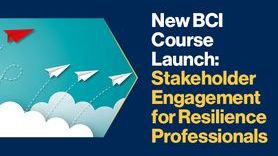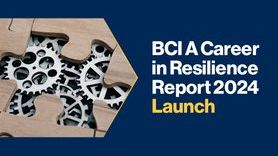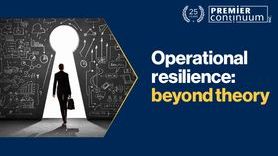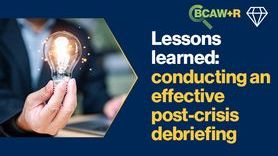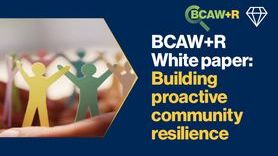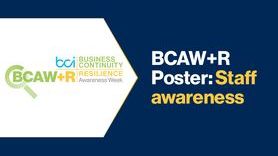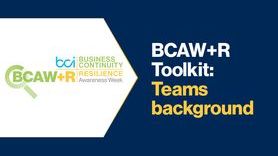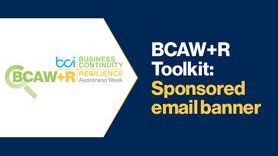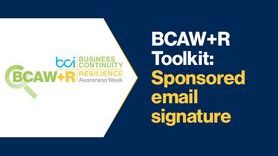If it’s not broke, break it anyway: A proactive survival guide
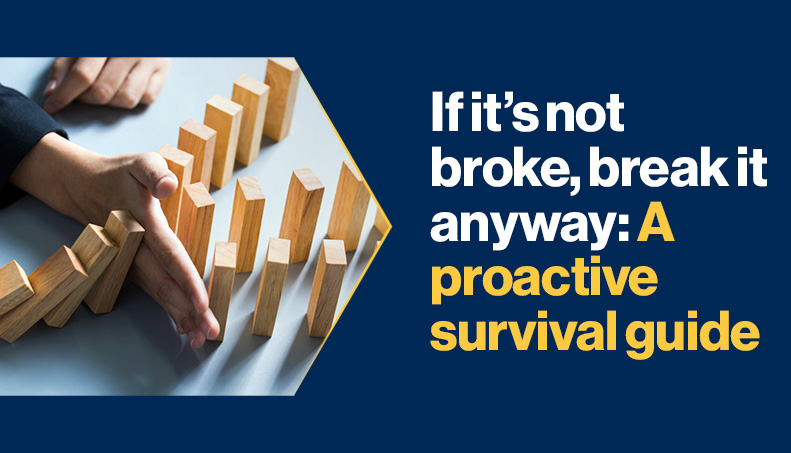
Foreword: In this guest article Aaron Dixon, Business Continuity & Resilience Specialist encourages organizations to adopt proactive disruption strategies to enhance resilience by intentionally identifying and addressing potential weaknesses before they manifest in real-world scenarios.
The comfort zone conspiracy
You know that moment when your phone warns you about a software update, and you hit "Remind me later"? Congratulations—you are officially part of the “If It Ain’t Broke” club. Like most members, you’ll only regret that decision when your apps crash, your battery drains in three minutes, and suddenly your phone refuses to acknowledge the existence of WiFi.
Organizations fall into this same trap. Things work until they don’t, and when they don’t it’s usually at the worst possible time (think Monday morning, mid-board meeting, right when your biggest client is watching).
1. The problem with being "fine"
“It’s fine.” That’s the phrase right before disaster strikes.
- “We’ve never had a cyberattack.” (want to see what happens when you do?)
- “Our supply chain has always worked.” (until one random Tuesday when Bob’s Discount Parts goes bankrupt.)
- “We’ll deal with problems if they happen.” (the famous “we’ll cross that burning bridge when we get to it” strategy.)
Here’s the harsh truth. Just because something hasn't failed yet doesn't mean it never will. Waiting for failure before fixing things is like letting your car run out of gas because you’ve “never broken down before.”
2. How to think like a saboteur (in a good way)
The best way to test resilience? Break things before reality does.
- Unplug a critical system on purpose (in a controlled test—don’t just pull random wires out of the server and hope for the best).
- Simulate an unexpected disruption and watch the chaos unfold (if people start panicking like it’s the apocalypse, your resilience plan needs work).
- Question every process—especially the ones that haven’t changed in a decade (if your continuity plan involves fax machines… we need to talk).
3. Breaking the status quo
Instead of assuming things will always work, treat every system and strategy like a suspiciously cheap parachute:
- Would it hold up under real stress?
- Are we relying on outdated ideas?
- Is our team actually prepared, or just pretending to be?
Companies that embrace proactive resilience don’t wait for reality to slap them in the face—they slap themselves first (again, in a controlled, strategic way—no actual violence necessary).
Conclusion: If you’re comfortable, you’re doing it wrong
- Complacency is the enemy.
- Test your systems before fate does.
- Proactive beats reactive, unless you enjoy last-minute panicking.
So, if everything seems fine—break it and test it.
In the interests of transparency, AI was utilised to review and edit this article for grammar, clarity, and coherence, with final approval by human editors.















